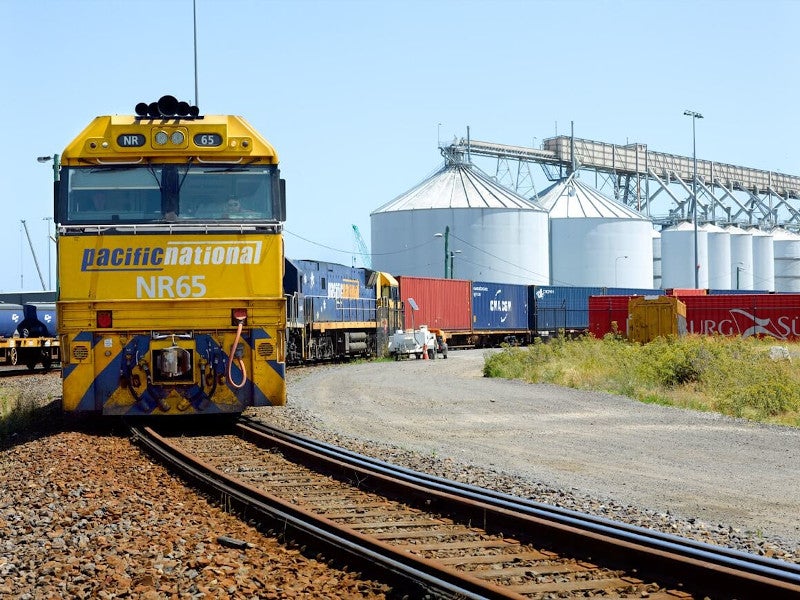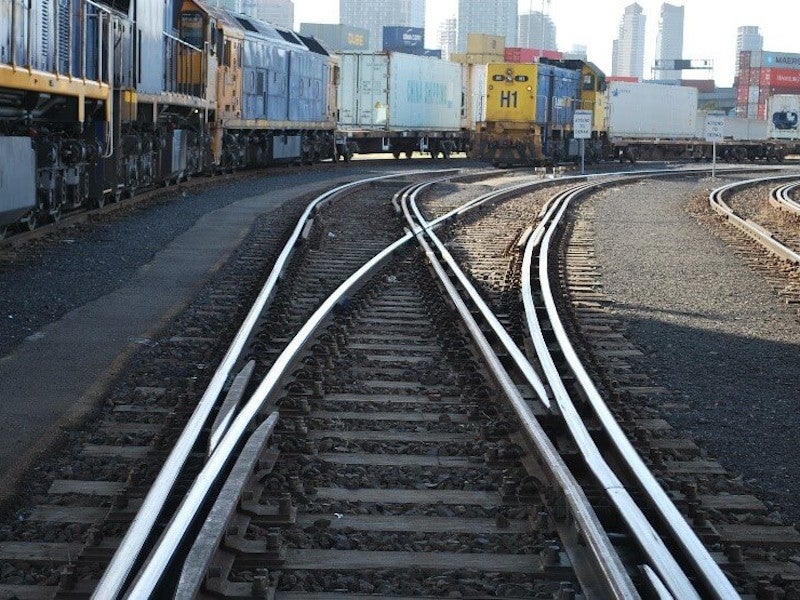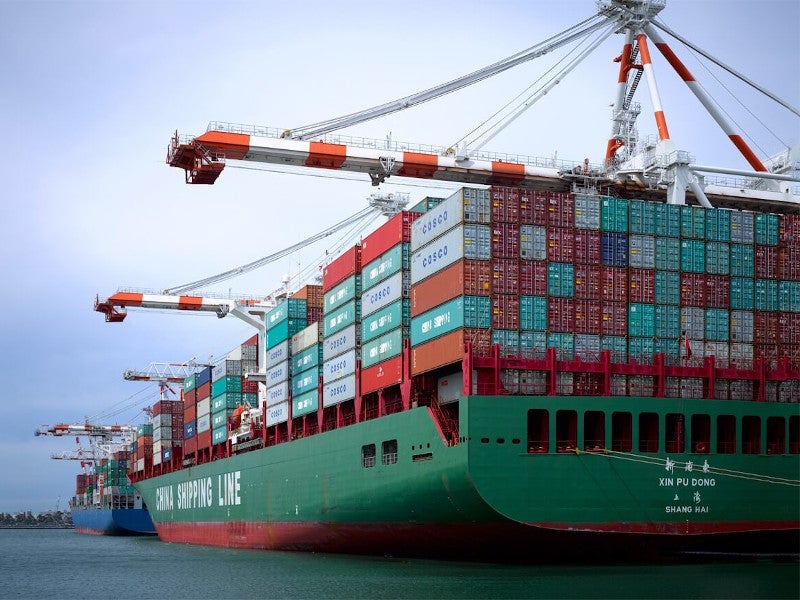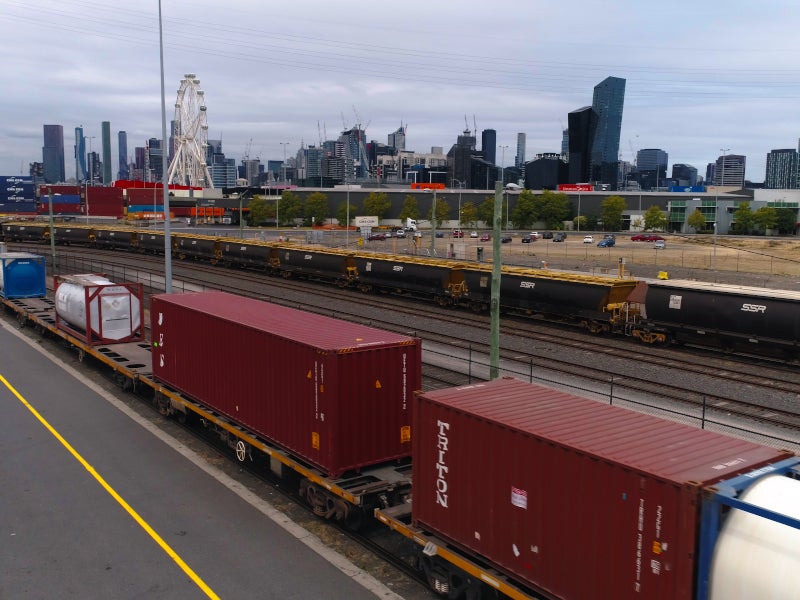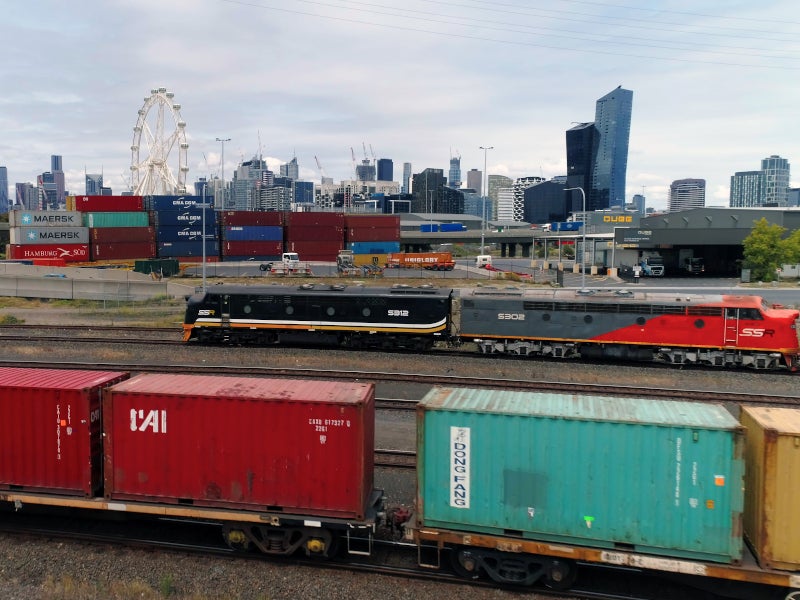Port of Melbourne (PoM) launched its new rail transformation project to reduce traffic congestion caused by trucks in the inner suburbs of Melbourne and across the region of Victoria in Australia.
Port Rail Transformation Project (PRTP) will include major rail infrastructure works and a new rail operating framework within the Melbourne port.
The main objective of the PRTP project is to increase the capacity of the rail terminal and enhance the efficiency of the terminal, while improving rail access to the port.
The rail transformation project will support the economic recovery of Victoria in the post-Covid-19 scenario by providing jobs, in addition to improving freight movement and supply chain.
The investment in the on-dock rail project is estimated to be A$125m ($81.65m), with the project scheduled for completion in 2023.
Port management will implement a tariff increase of $6.25 per twenty-foot equivalent unit (TEU) on full import containers from June 2020 to finance the project.
The Port of Melbourne is expected to release a request for proposal for the new infrastructure construction works. The construction of new infrastructure is expected to start in the fourth quarter of 2020.
Location of Port Rail Transformation Project
The Port of Melbourne is the largest container, automotive, and general cargo port in Australia. Located in the heart of Melbourne, the facility extends over an area of 1,247 acres.
Melbourne Port has 52km of shipping channels, and more than 30 berths with a total berth length of approximately 7km.
Port Rail Transformation Project details
The PRTP project will change the port rail land and asset commercial arrangements for leaseholders within the Swanson Dock East Precinct. The integrated structure will allow leaseholders to access rail land and assets in the same way as the port offers wharf and road land and assets.
The project will also provide operational and infrastructure arrangements that will support metropolitan port rail shuttle services. It will involve the construction of a new on-dock rail terminal at Swanson Dock East to expand the on-dock rail terminal capacity. The new rail terminal will have two tracks and each will be able to handle trains measuring 600m long. A typical 600m-long port rail shuttle train can carry up to 84 TEUs.
The new terminal will be built adjacent to the Swanson Dock East International container terminal to enable the transfer of containers between rail and ships at a lower cost.
The project will improve the transparency and arrangements of rail terminal operations, allowing the port to reach new working arrangements with rail terminal operators such as ACFS and Qube.
Transformations will improve rail access, sidings, and connections within the Port of Melbourne and accommodate up to 1,500m-long regional and interstate trains, which are capable of carrying up to 200 TEUs.
PRTP will also transform the Coode and Port Precinct vehicle road network to increase the productivity of port rail operations. A portion of the Coode Port road will be closed to the east of Dock Link Road to integrate the new terminal and the current container terminal. A new road will be added to the south of Footscray Road to facilitate port connectivity between the east and west of the Swanson Precinct.
Benefits of the PRTP
The project will reduce the movement of trucks on roads and enable greater movement of containers by rail. It will increase the choice of rail providers, which will lead to greater competition and cost savings for rail users.
The project will offer arrangements for standard rail access across port rail terminals, ensuring transparency and certainty in accessing the rail.
The PRTP project will boost the confidence of the industry in the areas of port rail use, and related activities.
Improvement and expansion of rail infrastructure within the port gate will help increase the rail volumes. It will also minimise the cost associated with the repair and maintenance of roads.
The project will improve the safety of the road network and reduce the costs of last-mile rail, especially for exports. It will also reduce travel time for the inhabitants of Victoria. It will provide a model choice for transportation of goods and cargo in and out of the Port of Melbourne, and optimise the capacity of the container terminal.
The port rail terminal will enable connection with metropolitan inter-modal terminal port rail shuttles. The project will also allow Melbourne and the state to maintain their competitive position within the national port freight system.

